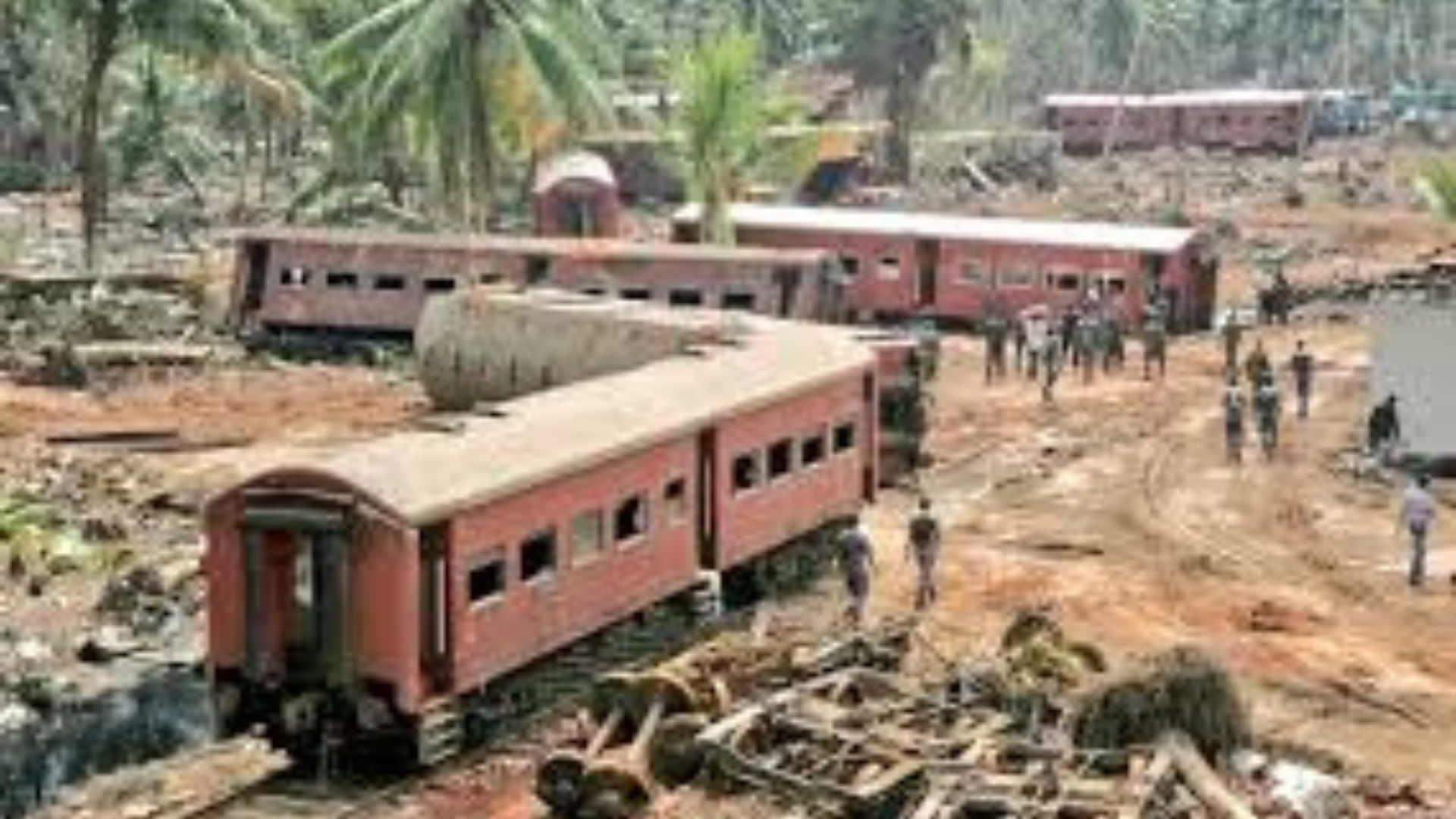On December 26, 2004, the world experienced its largest and deadliest train disaster when a massive tsunami struck the island’s coast, eventually hitting a train carrying thousands of people. This catastrophic event resulted in the loss of an estimated 1,700 to 2,500 lives.
The train, known as the Queen of the Sea, departed Colombo at 9 am, heading towards Galle. The eight-carriage train was overcrowded due to the Christmas holidays, with up to 1,500 ticketed passengers and many more on board. The railway line ran along the coast, making it vulnerable to the approaching tsunami.
As the first wave hit, the train managed to stop, offering temporary shelter to those nearby. Many sought refuge under and on top of the train, believing the worst was over. Tragically, 15 minutes later, a second, more powerful wave struck, overturning the train and flooding the carriages. Most passengers drowned, unable to escape the inundated wagons.
Efforts to warn the train were futile as communication lines failed. The Queen of the Sea was submerged in the Telwatta district, leaving only about 150 survivors. The disaster underscored the immense power of natural forces and the vulnerability of coastal infrastructure.
The railway line, crucial for connecting northern and southern Sri Lanka, was quickly repaired and reopened on February 21, 2005, symbolizing resilience in the face of tragedy.







